I'm struggling to understand what I am doing wrong on an online compilers course, and there aren't many resources online to help me figure out my error.
Here is the question:
The following two expressions are evaluated using the simple code generation technique described in the video lectures:
E1=e1+e2+e3+e4+e5 E2=e1+(e2+(e3+(e4+e5)))Identify the correct conclusions about the number of temporaries(NT) needed in the evaluation of E1 and E2.Select all that apply:
[ ] For any choice of e1, e2, e3, e4, and e5, NT(E1) NT(E2).
[ ] For any choice of e1, e2, e3, e4, and e5, NT(E1) NT(E2).
[ ] For any choice of e1, e2, e3, e4, and e5, NT(E1) = NT(E2).
[ ] For different choices of e1, e2, e3, e4, and e5, the predicates NT(E1) NT(E2), NT(E1) = NT(E2), and NT(E1) NT(E2) can all be true.
[ ] If all of e1, e2, e3, e4, and e5 are integer literals, NT(E1) NT(E2).
[ ] If all of e1, e2, e3, e4, and e5 are integer literals, NT(E1) = NT(E2).
[ ] If all of e1, e2, e3, e4, and e5 are integer literals, NT(E1) NT(E2).
It seems that E1 and E2 require the same number of temporaries. I've gotten all of the other questions right regarding this topic, so I'm genuinely at a loss.
